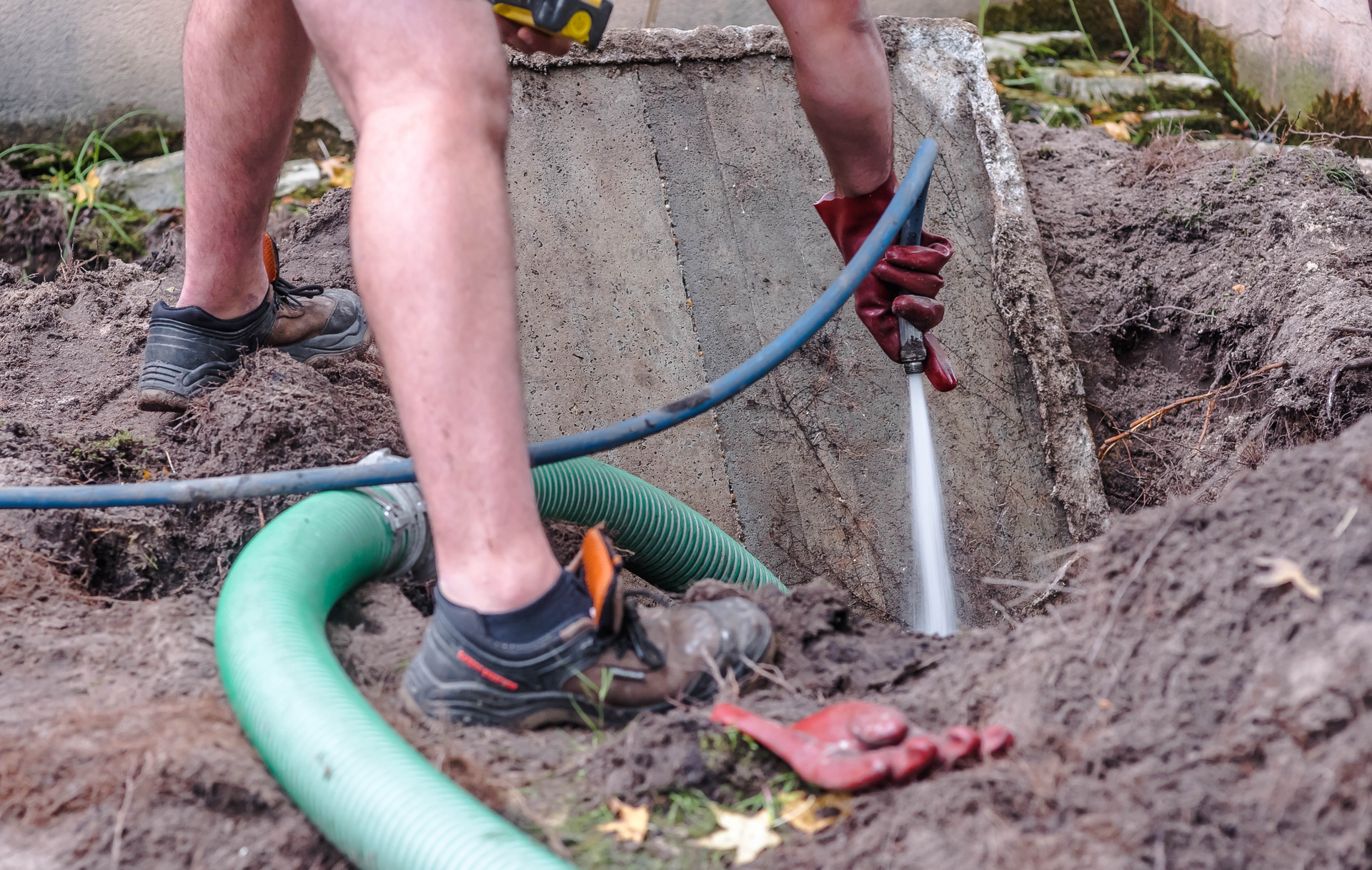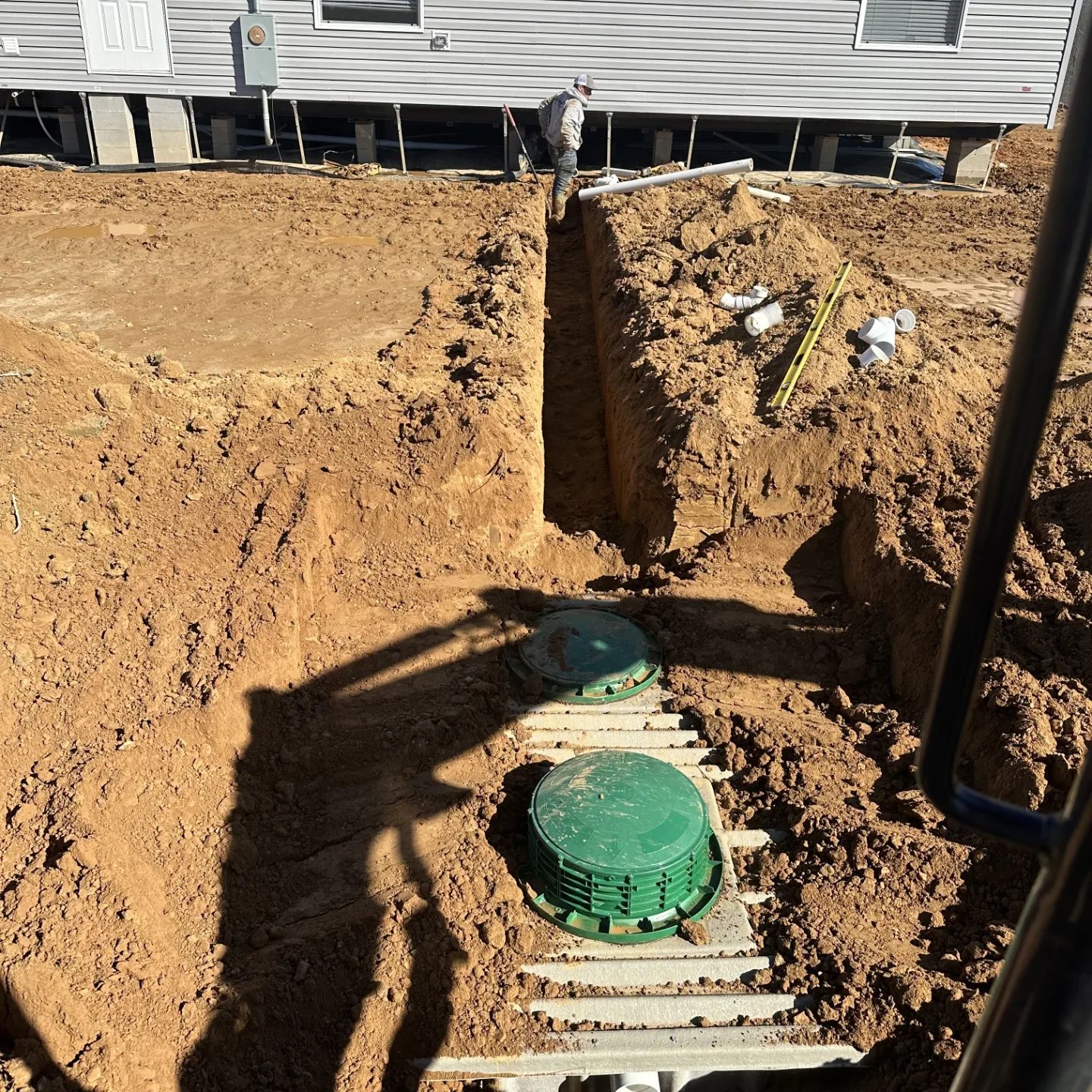Emergency Septic Services: What to Do When Disaster Strikes
September 25, 2024
Emergencies can happen at any time, and when it comes to your septic system, prompt action is essential to prevent further damage and restore functionality. At Oxford Septic Services, we understand the urgency of septic system emergencies and are here to help homeowners and businesses in Oxford and surrounding areas navigate these challenging situations. In this comprehensive guide, we'll discuss what to do when disaster strikes your septic system and how our emergency services can provide swift and effective solutions.
Chapter 1: Identifying Signs of a Septic System Emergency
Overview of the common signs and symptoms that indicate a septic system emergency, such as sewage backups, foul odors, standing water, and soggy areas in the yard
Explanation of how these signs may vary depending on the nature and severity of the emergency, including potential health risks and environmental concerns
Guidance on how to recognize the urgency of the situation and when to seek professional help from Oxford Septic Services for emergency assistance
Chapter 2: Immediate Steps to Take in a Septic System Emergency
Description of the immediate actions property owners should take when faced with a septic system emergency, including shutting off water sources, avoiding the use of plumbing fixtures, and minimizing water usage
Explanation of safety precautions to take to protect yourself, your family, and your property from potential hazards associated with septic system failures
Guidance on how to communicate with emergency responders and coordinate with Oxford Septic Services to expedite response and mitigate damage
Chapter 3: Assessing the Damage and Identifying Solutions
Overview of the assessment process conducted by Oxford Septic Services to evaluate the extent of damage to the septic system and determine the appropriate course of action
Description of the tools and techniques used during emergency response, such as video inspections, hydro-jetting, and pump-out services, to identify and address the underlying issues
Discussion of the factors considered when determining the most effective solutions for restoring functionality and preventing future emergencies
Chapter 4: Implementing Emergency Repairs and Restoration
Explanation of the emergency repair and restoration services offered by Oxford Septic Services, including temporary repairs, component replacements, and system upgrades, to address immediate concerns and prevent further damage
Description of the timeline and process for implementing emergency repairs, from initial assessment and diagnosis to completion of repairs and restoration efforts
Guidance for property owners on coordinating with Oxford Septic Services, insurance providers, and regulatory agencies to expedite repairs and minimize disruptions
Chapter 5: Preventative Measures and Long-Term Solutions
Importance of proactive maintenance and preventative measures in minimizing the risk of future septic system emergencies, including regular inspections, routine maintenance, and proper system care
Overview of the long-term solutions and upgrades recommended by Oxford Septic Services to improve the resilience and reliability of your septic system, such as tank replacements, drain field rehabilitation, and system redesigns
Guidance for property owners on developing an emergency preparedness plan and establishing a relationship with Oxford Septic Services for ongoing support and assistance
Conclusion:
Septic system emergencies can be stressful and overwhelming, but with the right knowledge and resources, you can effectively navigate these challenges and minimize the impact on your property and the environment. By following the steps outlined in this guide and partnering with Oxford Septic Services for emergency assistance and long-term solutions, you can ensure the safety, functionality, and longevity of your septic system for years to come. Don't wait until disaster strikes – contact Oxford Septic Services today to learn more about our emergency services and take proactive steps to protect your property.

Septic tank pumping is a crucial aspect of septic system maintenance that often goes overlooked by property owners. Regular pumping helps prevent costly repairs, prolongs the lifespan of the septic system, and protects the environment from contamination. In this guide, Oxford Septic Services shares valuable insights into the importance of routine septic tank pumping and its many benefits. Chapter 1: Understanding the Role of Septic Tank Pumping Overview of the septic tank pumping process and its significance in maintaining a healthy septic system Explanation of how septic tank pumping removes accumulated solids and sludge from the tank, preventing clogs and backups Chapter 2: Preventing Costly Repairs and System Failures Discussion of the potential consequences of neglecting septic tank pumping, including system backups, drain field damage, and groundwater contamination Exploration of the financial implications of septic system repairs and replacements compared to the relatively low cost of routine pumping Chapter 3: Extending the Lifespan of Your Septic System Explanation of how regular septic tank pumping helps prolong the lifespan of the septic system by reducing stress on system components and preventing premature failure Discussion of the correlation between routine pumping and the overall health and longevity of the septic system Chapter 4: Protecting the Environment and Public Health Examination of the environmental and public health risks associated with untreated wastewater discharge from poorly maintained septic systems Explanation of how routine septic tank pumping helps mitigate these risks by preventing groundwater contamination and protecting local water sources Chapter 5: Maintaining Property Value and Resale Potential Exploration of the impact of a well-maintained septic system on property value and resale potential Discussion of how routine septic tank pumping demonstrates responsible property ownership and can increase buyer confidence during real estate transactions Chapter 6: Ensuring Regulatory Compliance Overview of local regulations and requirements regarding septic system maintenance and pumping frequency Explanation of how routine septic tank pumping helps property owners remain in compliance with regulatory standards and avoid potential fines or penalties Chapter 7: Best Practices for Scheduling Septic Tank Pumping Recommendations for establishing a regular pumping schedule based on factors such as household size, water usage, and septic system capacity Tips for working with professional septic service providers like Oxford Septic Services to schedule timely and efficient pumping services Conclusion: Routine septic tank pumping is an essential aspect of responsible septic system ownership, offering numerous benefits for property owners, the environment, and public health. By understanding the importance of routine pumping and working with trusted professionals like Oxford Septic Services, property owners can ensure the long-term performance and reliability of their septic systems.

Installing a septic system is a critical step in ensuring proper wastewater management for residential and commercial properties. However, the installation process can be complex and requires careful planning and execution. In this comprehensive guide, Oxford Septic Services provides essential information and expert tips for homeowners and property owners considering septic system installation. Chapter 1: Understanding the Basics of Septic Systems Overview of septic systems and their components, including the septic tank, drain field, and distribution box Explanation of how septic systems function to treat and dispose of wastewater on-site, without access to a municipal sewer system Chapter 2: Assessing Site Conditions and Permitting Requirements Guidance on assessing soil conditions, topography, and site suitability for septic system installation Explanation of the permitting process and regulatory requirements for septic system installation, including obtaining necessary permits and approvals from local authorities Chapter 3: Designing the Septic System Overview of the steps involved in designing a septic system, including determining system size, layout, and location Discussion of factors to consider when designing a septic system, such as property size, soil type, and groundwater levels Chapter 4: Selecting and Installing Septic System Components Explanation of the different types of septic tanks, drain fields, distribution boxes, and other system components available for installation Step-by-step instructions for properly installing septic system components, including excavation, tank placement, piping installation, and backfilling Chapter 5: Ensuring Proper System Ventilation and Plumbing Connections Importance of providing adequate ventilation for the septic system to prevent the buildup of harmful gases, such as methane and hydrogen sulfide Guidelines for properly connecting plumbing fixtures, such as toilets, sinks, and showers, to the septic system to ensure efficient wastewater flow Chapter 6: Conducting Final Inspections and Testing Overview of the final inspection and testing process to ensure that the septic system meets all regulatory requirements and functions properly Explanation of common tests conducted during the final inspection, such as hydraulic load testing, dye testing, and soil percolation testing Chapter 7: Maintaining and Caring for Your New Septic System Recommendations for ongoing maintenance and care of the newly installed septic system, including routine pumping, inspection, and monitoring Tips for avoiding common pitfalls and ensuring the long-term reliability and performance of the septic system Conclusion: By following the guidelines and expert tips provided in this guide, property owners can navigate the septic system installation process with confidence. With careful planning, proper design, and professional installation by Oxford Septic Services, property owners can ensure the reliable operation and longevity of their septic systems for years to come.
